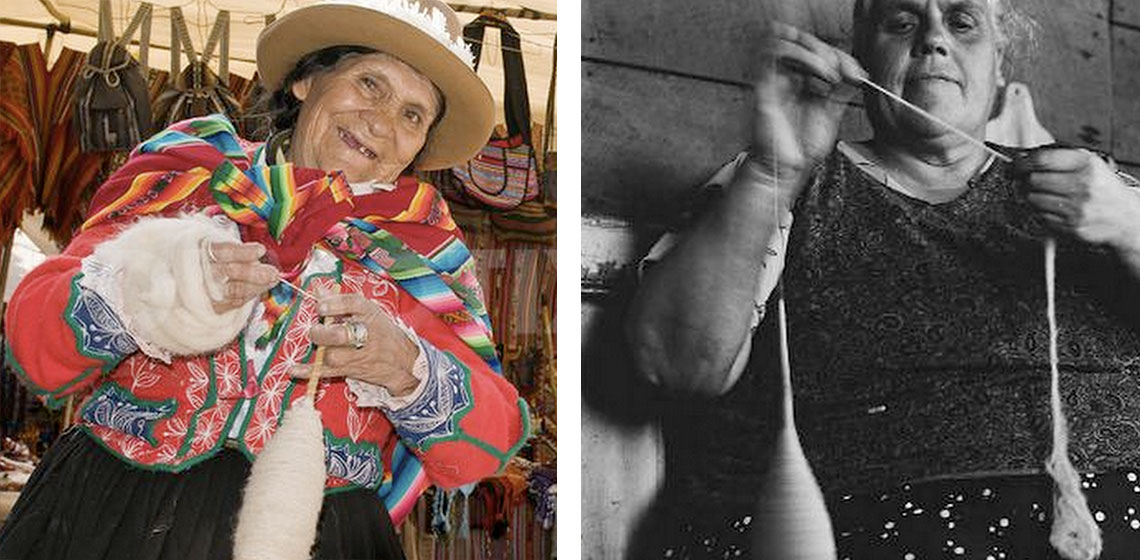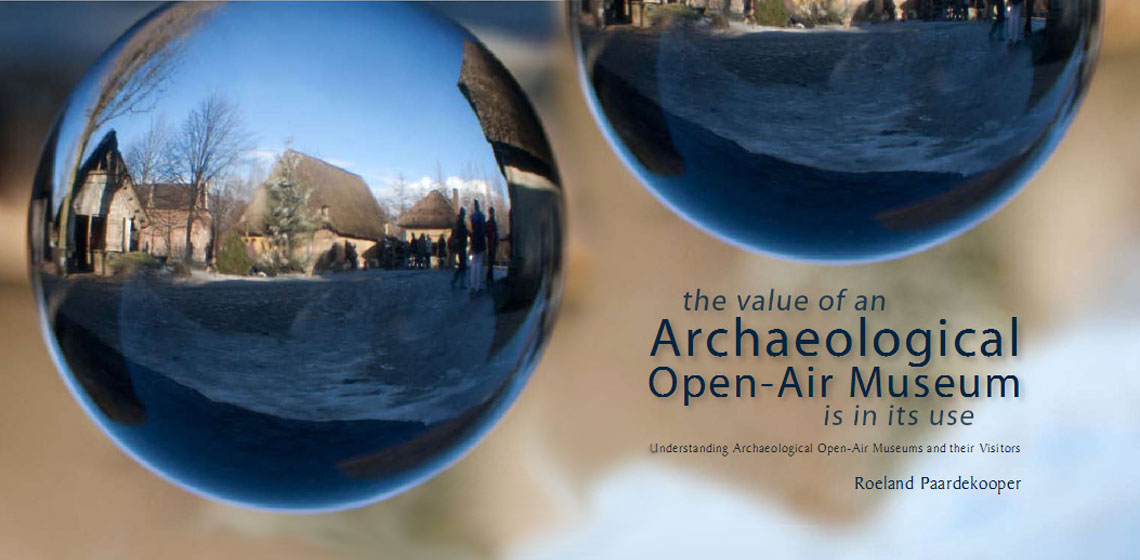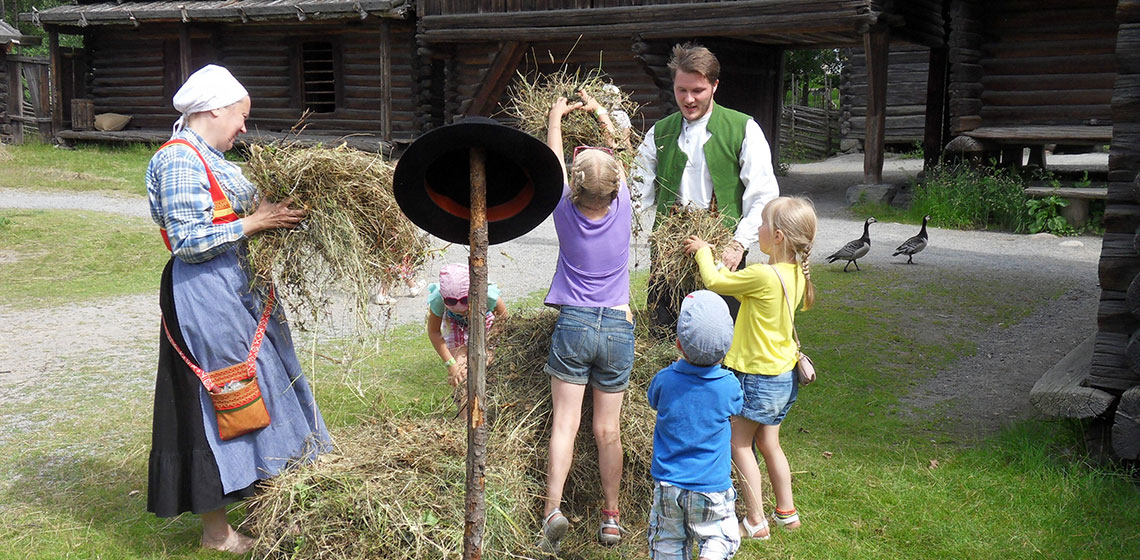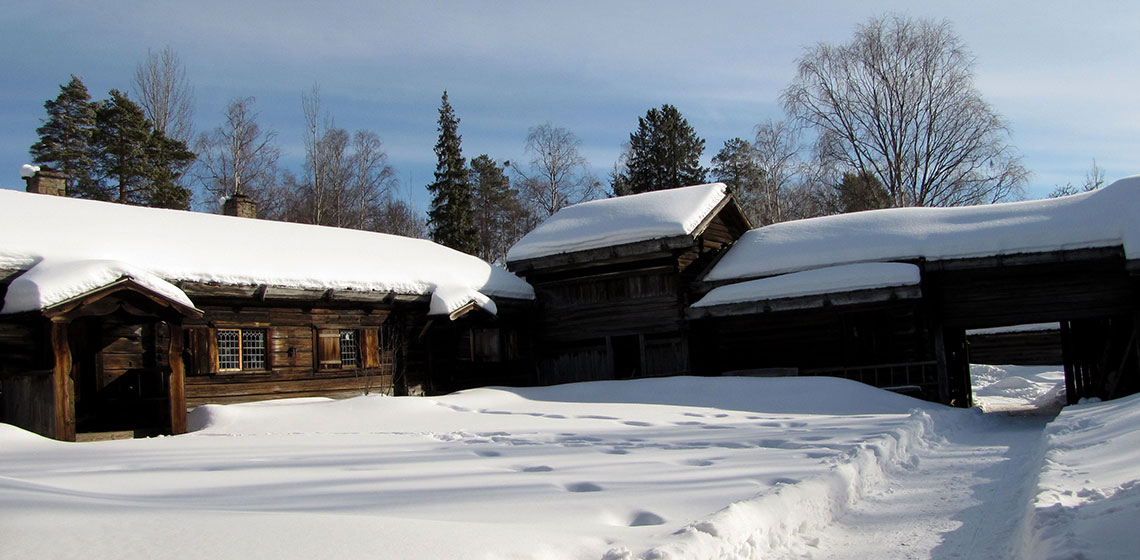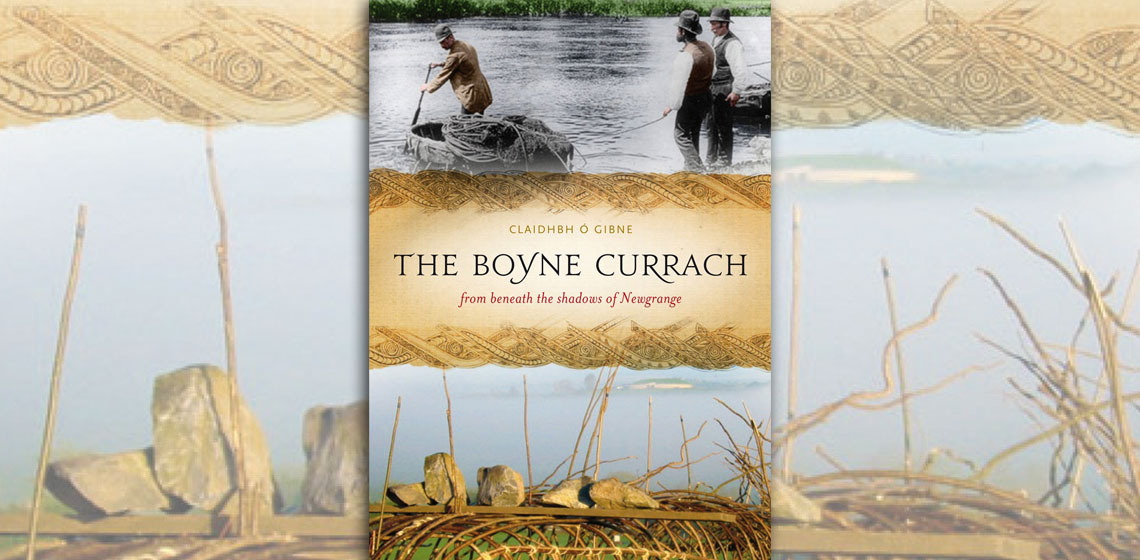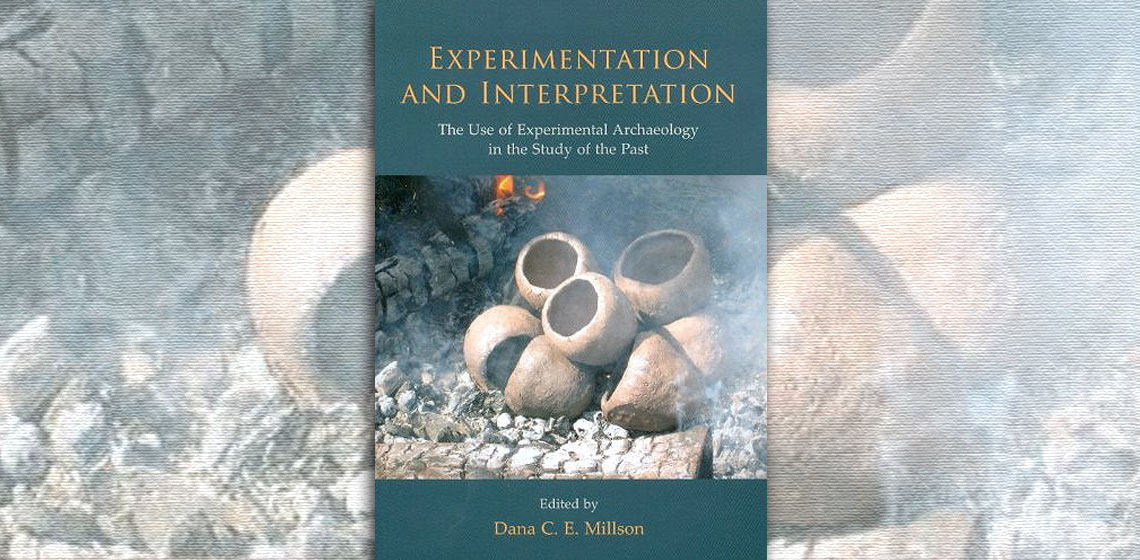Newer Era
Conference Review: 8th Experimental Archaeology Conference, Oxford 2014
Publication Date
EAC Conferences
***The conference unofficially began in the Royal Blenheim pub at 6 pm on Thursday evening. Conference staff and attendees filtered in throughout the evening eventually filling the back room. The pub had excellent food and a good variety of local ales. Those who managed to brave the flooding introduced themselves and got to know...
***The conference unofficially began in the Royal Blenheim pub at 6 pm on Thursday evening. Conference staff and attendees filtered in throughout the evening eventually filling the back room. The pub had excellent food and a good variety of local ales. Those who managed to brave the flooding introduced themselves and got to know...
Variables and Assumptions in Modern Interpretation of Ancient Spinning Technique and Technology Through Archaeological Experimentation
Publication Date
This paper takes the form of a critical analysis of archaeological experiments using spinning tools. The archaeological experiments regarding whorl weight and wool spinning of the Tools and Textiles – Texts and Contexts project, through the Danish National Research Foundation’s Centre for Textile Research, are examined with respect to a number of variables...
Book Review: The Value of an Archaeological Open-Air Museum is in its Use by Roeland Paardekooper
Publication Date
With publication of Dr Paardekooper’s monograph we now, finally, have a secure databank of facts and figures relating to archaeological open-air museums in Europe, including management structures, key financial indicators, visitor profiles and visitor numbers...
Hunting with Cane: Traditional Cherokee Blowguns and Darts
Publication Date
One of the most misrepresented hunting tools of the Southeastern United States is the blowgun. Most people do not realize that virtually every tribe in the Southeast used the blowgun for hunting small game. No on really knows the origin of the blowgun in the Southeast...
120 Years of Strategies and Experiences in Educational and Handicraft Skills
Publication Date
OpenArch Dialogue with Skills Issue
***One aim of the five year EU-funded Culture Project OpenArch is to encourage cooperation between archaeological open-air museums in Europe and ethnological open-air museums who have a long history of presenting and handicraft to the public in practical ways...
***One aim of the five year EU-funded Culture Project OpenArch is to encourage cooperation between archaeological open-air museums in Europe and ethnological open-air museums who have a long history of presenting and handicraft to the public in practical ways...
People Want Quality and They are Willing to Pay for it
Publication Date
The international and European notion of cultural and creative industries has not shown much appreciation of the potential of the cultural sector, especially the heritage sector. This may or may not be fair, but the perspective in the conclusions from KEA studies on cultural economy and creativity has been symptomatic for the European approach (KEA 2006; 2009)...
Conference Review: Live Interpretation, 2013 EXARC’s Meeting in Hungary
Publication Date
In early September 2013, EXARC, in collaboration with Csiki Pihenökert, hosted a meeting in Hungary with the theme Live Interpretation in Open-air Venues. This continued the discussions held one year earlier in Foteviken, Sweden which focused on museum theatre and other forms of live interpretation...
Discussion: Food - Reconstruction and the Public
Publication Date
For a BBC program in 1954, Sir Mortimer Wheeler tasted a reconstruction of the Tollund Man’s last supper, which turned out to be a tasteless mush. This led him to announce: "I believe that the poor chap of Tollund committed suicide because he could stand his...
Book Review: The Boyne Currach: from Beneath the Shadows of Newgrange By Claidhbh Ó Gibne
Publication Date
Claidhbh Ó Gibne has devoted himself to building traditional currachs and researching their history. His new volume, The Boyne Currach: From beneath the shadows of Newgrange, puts the currach in the context of the history of...
Book Review: Experimentation and Interpretation, The Use of Experimental Archaeology in the Study of the Past by Dana C. E. Millson
Publication Date
What role does experimental archaeology have in the wider discourse? According to the papers in this book, all of which were presented at the Theoretical Archaeological Group (TAG) conference in Southampton in 2008, a large one...


